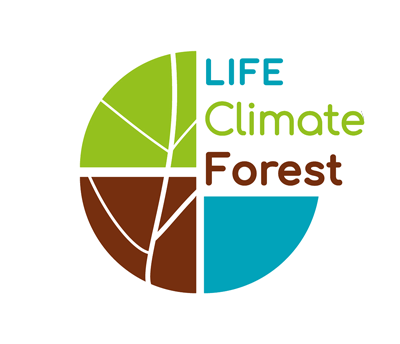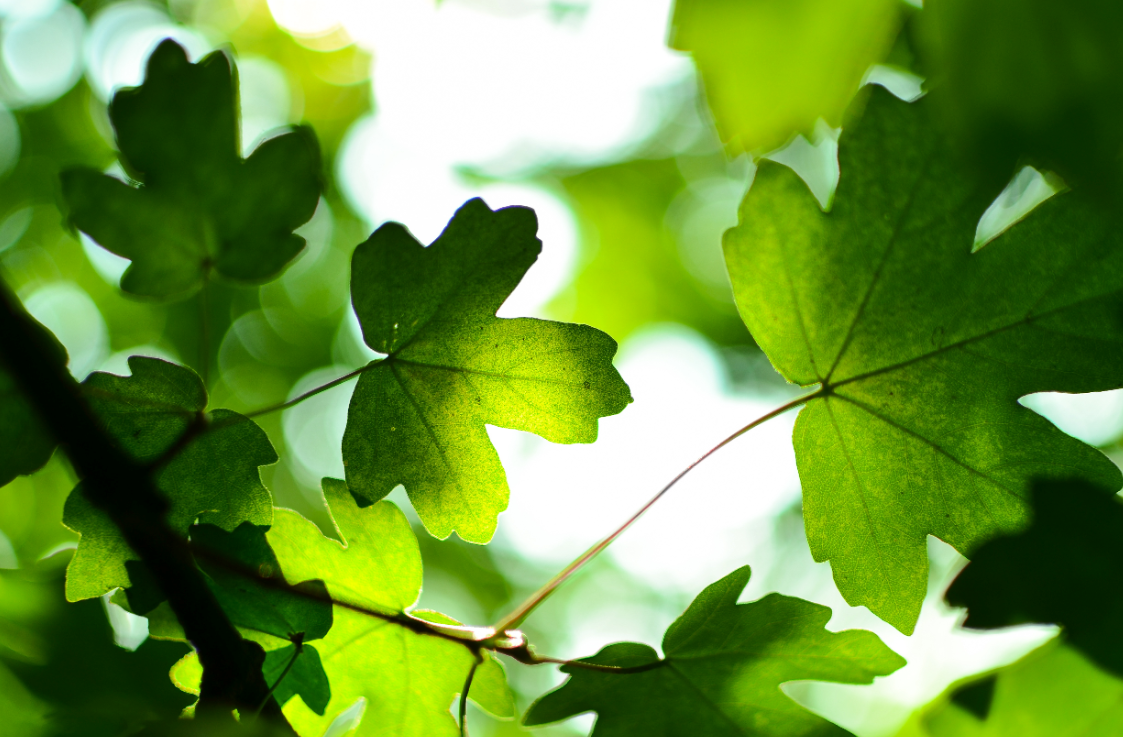Boswachterij Dorst
In this demonstration forest, you can see how to deal with American oak.
- Owner: Staatsbosbeheer
- Administrator: Staatsbosbeheer
- Location: Municipality of Oosterhout (Noord-Brabant)
- Size: 30 ha
- Soil: Field podzolic soil
Visiting this demonstration forest?
The forest is freely accessible to visitors.

Boswachterij Dorst
Boswachterij Dorst is a planted forest on former heathland complex. The main goal of forest management is conversion to mixed perennial forest. Dealing with the dominance of American oak is a big part of this.
The demosite forest consists of plantings from the 1920s and 1930s and plantings from 1950-1960 and 1973-1980. Main tree species here were standby Scots and Corsican pine, American oak, Douglas fir, beech and Japanese larch. Here, spontaneous birch played an important role, while American oak also developed competitively in rejuvenation and through outgrowth of stobbes. About 7% of the area is occupied by more-demanding conifer species (Japanese larch and Douglas fir) and about 17.5% by American oak.
The 2013 management plan identifies American oak as a species that hinders economic development in forest management. Therefore, area-wide control of this species has been adopted as a management objective.
Measures
- Nature core / OAD spots Designate: based on recent aerial photographs, inventory data, maps and field visits, assess which parts can be designated as a network of sites with old, decaying and dead trees (36A, 52A, 53A, 53E).
- Veteran trees designate: these trees no longer count when assessing stem quality or target diameters, these trees are further excluded from harvesting. Minimum of about 6 trees per ha (36A, 36B, 36C, 52B).
- QD trees or T-trees and favour Qd- or T-trees: trees that have relatively good trunk shape and limited to no branching in the lower six metres of the trunk. Maximum 100 trees per ha, of which half may eventually fall off (36B, 52B, 52E, 52F, 52G, 52H).
- Qd trees are broadly exempt from staking stage to develop maximum crowns for maximum diameter accretion, for delivery of high volume per stem in relatively short orbits (60-80 years) (n/a).
- T-trees are kept mostly dense until late staking stage for long, straight, branch-free/poor stem development and a vital, living crown from about halfway to expected final height. For delivery of longwood and sorties of reasonable to good quality in the medium (ca 80-100 years) term.
- K-trees or Quality trees designate: exceptionally well-shaped individuals, from a young age kept branch-free in the lower (minimum) six metres of trunk, of tree species where there is demand for this quality in high diameters. Designate only where present, among young trees (dbh 15-20 cm) select mainly for individual pruning and other quality-oriented care measures. For delivery of high quality timber of outstanding quality at relatively long (from 100 years) rotations (52A, 53A).
- Thinning paths Construction: in principle with centre-to-centre distances of 24 m, in case of forest with very high quality heavy trees, a centre-to-centre distance of 40 m is possible - partly because additional revenues from the timber can cover the additional costs at exploitation (36B, 52A, 52B, 52C, 52G, 53B).
- Thinning / high thinningThinning focuses on improving the growth of the remaining trees, taking into account both form and species, and that the tree has a favourable competitive position that it can build on in the coming period. For thinning, ground areas to be pursued per tree species have been defined as a tool (52A, 52E).
- Blending encourage: per plot aim for at least 3 tree species with vital individuals in the prevailing layer, share per tree species at least 10% (36B, 52B, 52D, 52E, 52F, 52H, 53A, 53E).
- Group cap: felling of groups of trees sharing 1000 - 5000 m2 cover surface (36C).
- Target diameters harvesting: Scots pine, Corsican pine and poorly shaped other tree species: 45 cm dbh; others 60 cm dbh. Exception: individual, exceptionally well-shaped, branch-free oaks, douglas-firs, maples, or other special tree species in coordination with harvest manager (36B, 36C, 52B, 53B, 53E).
- New tree species (seed sources) introduce: tree species that occur naturally on similar growing sites, for Chaam these are mainly pedunculate oak, sweet chestnut, Scots pine, beech, Norway or sycamore maple (relatively more nutrient-rich growing sites), and also Douglas fir, Corsican pine or European larch (more humid but not wet growing sites) (36A, 52D, 52E, 52F, 52H, 53A, 53E).
- Underplanting: promote a second tree layer that benefits from the shelter of the existing (light) tree layer and both promotes stem cleaning of the old tree layer and may eventually become the prevailing layer. Depending on the existing prevailing tree layer, choose semi-shade (Douglas fir, sessile oak, sweet cherry, etc.) or shade-tolerant tree species (Norway maple, beech, hornbeam, silver pine, etc.) (36A).



